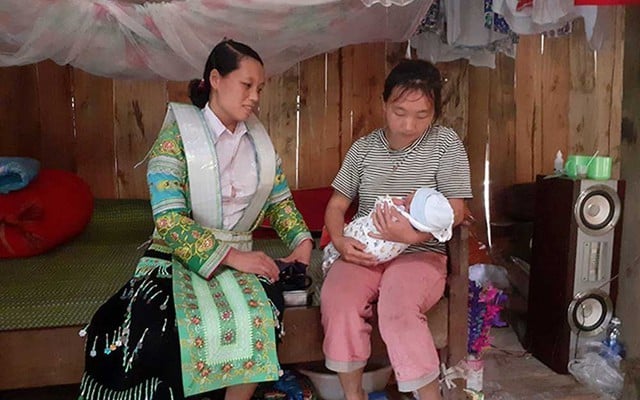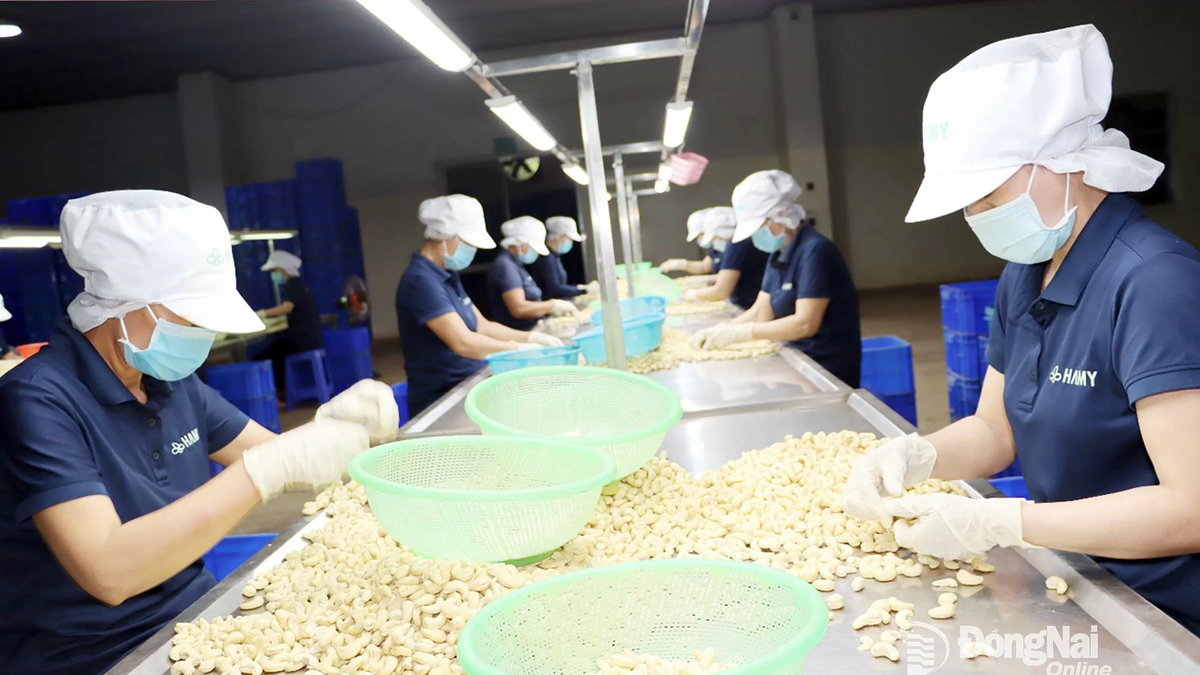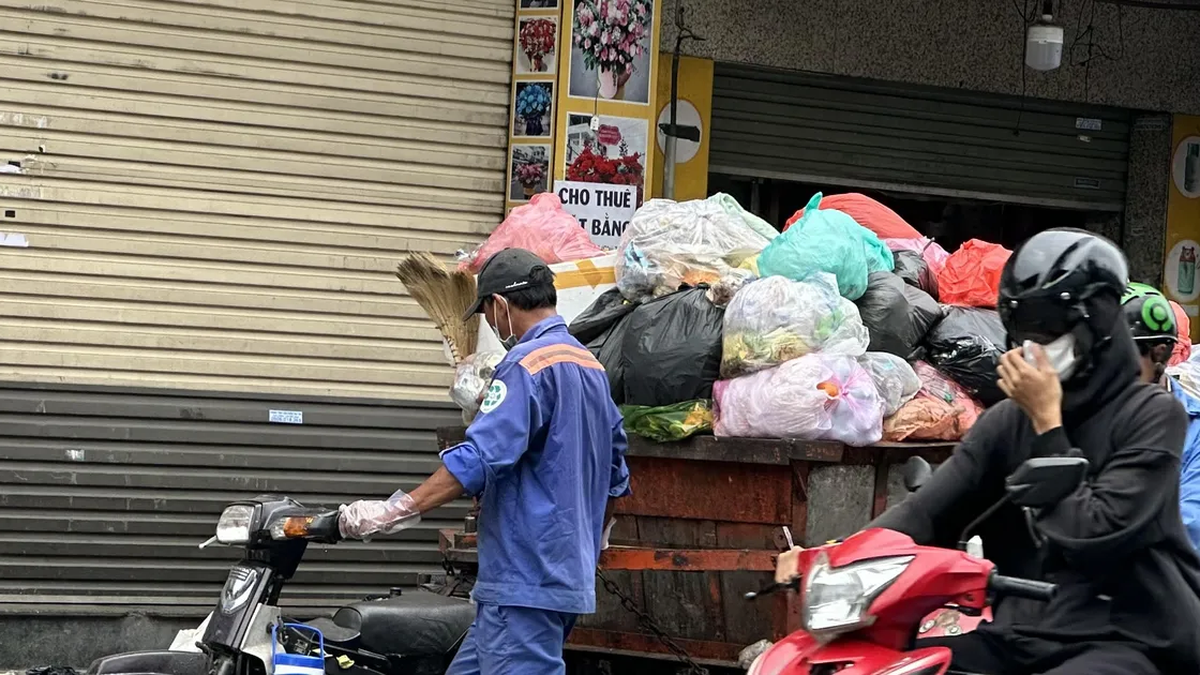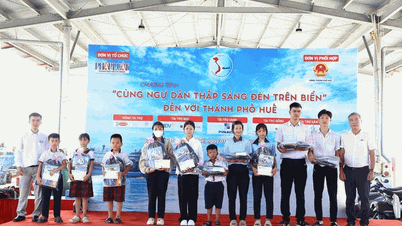Once considered a "black spot" in maternal and infant mortality rates, many remote areas in Vietnam are now witnessing positive changes thanks to a special force: village midwives - silent but extremely brave women, dedicated to caring for new lives in the mountains and forests.
From urgent need to a humane initiative
In the 1990s, Vietnam faced a maternal mortality rate of 233/100,000 live births, and a neonatal mortality rate of 44‰ – many times higher than today. In particular, in mountainous areas where ethnic minorities live, these numbers are even higher due to the custom of giving birth at home, lack of medical staff , difficult travel conditions, and cultural and language barriers.
Faced with this situation, Tu Du Hospital has initiated a creative and humane model: training ethnic minority midwives. These are local women who understand the culture, speak the local language, are close to the community – and most importantly, can approach pregnant women naturally and safely.
Village midwives have contributed to saving the lives of thousands of mothers and newborns in the highlands.
Three decades – thousands of midwives giving life
With investment from the State and support from domestic and foreign organizations, more than 3,000 village midwives have been trained systematically over the past 30 years. Trainees must undergo at least 6 months of theory and practice at the hospital according to the standard program of the Ministry of Health .
The results are truly remarkable: no accidents occurred during the midwives’ duty. They have contributed to saving the lives of thousands of mothers and newborns in the highlands – especially in places where ambulances cannot reach in time, or where the commune health station is still dozens of kilometers away through the forest.
A valuable force is gradually fading away.
Despite their important role, there are currently only 1,549 active village midwives in a total of 5,111 extremely disadvantaged villages and hamlets – equivalent to only about 30% coverage. More than 1,500 midwives have stopped working for various reasons: old age, death, moving away to work, or simply because of life.
This is a huge waste of high-quality medical human resources, especially in disadvantaged areas – where specialized medical staff are still unable to fully meet the demand.
Need a long-term and sustainable strategy
According to Deputy Minister of Health Tran Van Thuan, to maintain and develop the network of village midwives, there needs to be stronger participation from the Government , ministries, local authorities and the whole society.
To continue to maintain and expand the team of village and hamlet midwives in localities, the Ministry of Health recommends that the Government direct relevant ministries and branches to continue to review and propose additional policies to support the trained village and hamlet midwives to maintain and develop this network according to an appropriate roadmap; strengthen inspection, supervision, direction and urging localities to allocate resources and fully implement policies to support village and hamlet midwives within the framework of the National Target Program on socio-economic development of ethnic minority and mountainous areas; mobilize resources from development partners, enterprises and social organizations in training and using the network of village and hamlet midwives of ethnic minorities.
On the other hand, the People's Committees of the provinces direct the Department of Health to coordinate with relevant departments and branches to develop and submit to competent authorities for approval a project to plan the development of the network of village and hamlet midwives in the locality, ensuring the selection of training subjects to become village and hamlet midwives at the right address and for the right subjects; allocate budget, direct, inspect and supervise the full implementation of current policies for the team of village and hamlet midwives.
Assign village and hamlet midwives to be in charge of additional areas to increase the coverage of village and hamlet midwives in areas with difficulties in reproductive health care, especially promoting the image of village and hamlet midwives to the community; organize activities to commend village and hamlet midwives with outstanding achievements, creating conditions for village and hamlet midwives to exchange experiences regularly and continuously.
The one who keeps the lifeblood in the jungle
Village midwives are more than just birth attendants. They are the bridge between modern medicine and indigenous culture, a safe haven for thousands of mothers in places where “the clinic is farther than the market”. They have been writing stories about life, faith and community strength – in the midst of villages that are still facing many difficulties.
Promoting the role of village midwives is not only a health policy, but also a profound humanitarian commitment: No one is left behind – even in the most remote and isolated places.
suckhoedoisong.vn
Source: https://baolaocai.vn/co-do-thon-ban-nhung-nguoi-giu-cua-sinh-noi-vung-cao-post650142.html







































































































Comment (0)